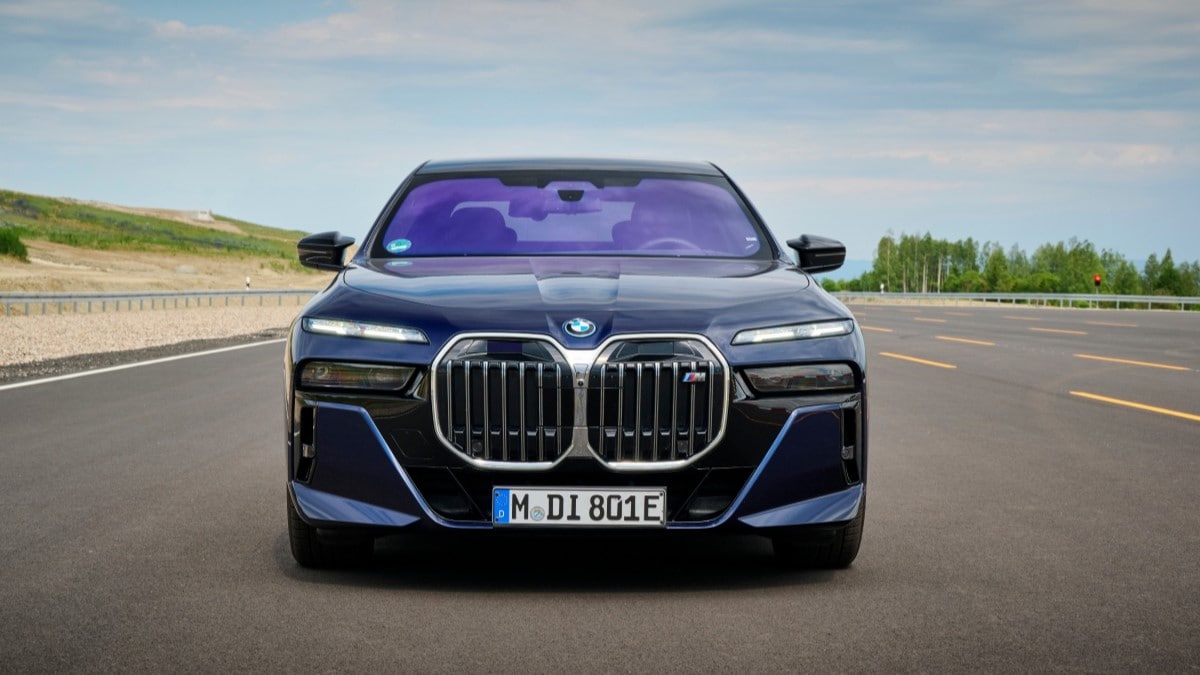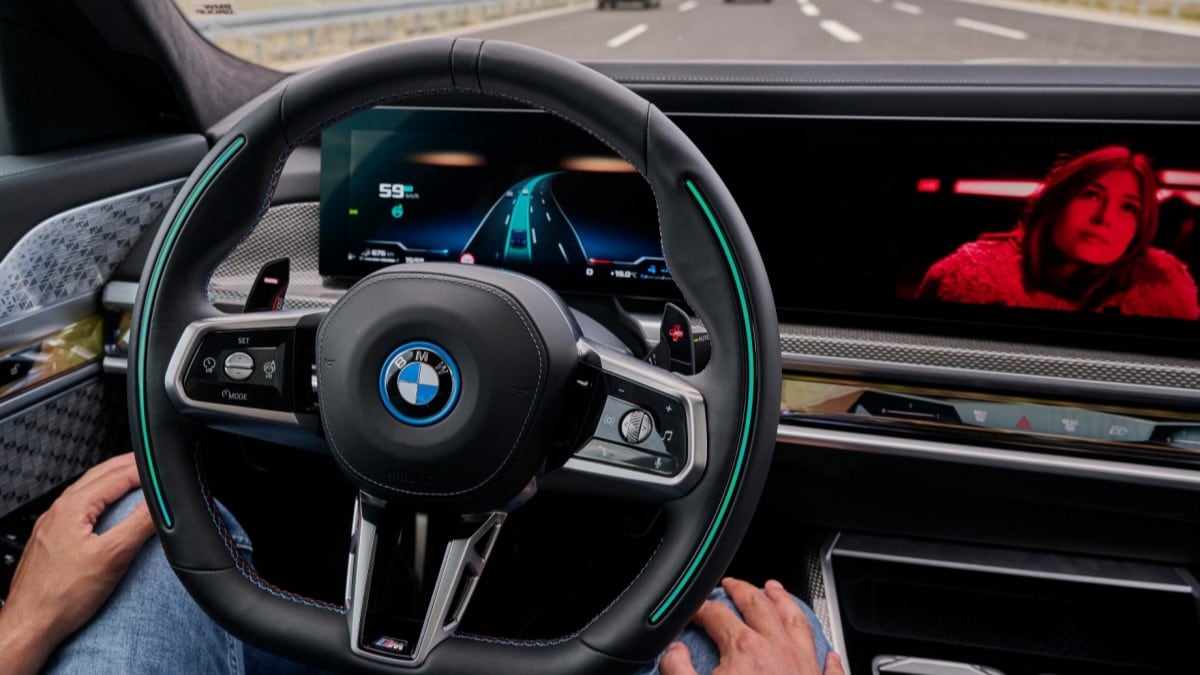There are no self-driving cars for sale anywhere in the world in 2023, but a few automakers are getting closer. This week, BMW became at least the third automaker to take the next step in automation, introducing a Level 3 driver assistance system.
Related: Self-Driving Cars — Everything You Need to Know
For now, it’s only available in Germany. But BMW follows the same pattern as rival Mercedes, which sells the only Level 3 assistance tech in the United States. So we may see this system stateside before long.
A 5-Level Framework
The automotive industry uses a system of five levels to describe its efforts to develop self-driving cars. The framework comes from SAE International, a global association of engineers and related technical experts in the aerospace, automotive, and commercial-vehicle industries, once known as the Society of Automotive Engineers.
At Level 1, a single system can intervene to help keep the driver safe, but the driver must always be in complete control of the car. Automatic emergency braking, which can stop a vehicle from hitting the car in front of it, is a Level 1 system.
At Level 2, more than one Level 1 system works together. This is the level most automakers sell today. The most common approach is to combine a lane-centering system (which does what you think it does) with a smart cruise control that keeps a car a safe distance from the car ahead of itself. At level 2, drivers can briefly take their hands off the wheel but never safely look away from the road.
A handful of automakers market Level 2 systems as partial self-driving. For instance, Ford’s BlueCruise and General Motors’ Super Cruise work on hundreds of thousands of miles of pre-mapped highway. Tesla’s Autopilot works on highways but doesn’t store maps. Tesla’s more advanced Full Self-Driving tries to follow a route from the car’s navigation system.
But all three are Level 2 because drivers can take their hands off the wheel but never their attention off the road.
A Level 3 system is similar but lets drivers take their eyes off the road under limited circumstances. Mercedes sells the only Level 3 system legal in the U.S. – Drive Pilot – allowed only in Nevada and parts of California.
Mercedes, however, has received limited approval for the first Level 3 system. That means drivers can briefly take their eyes off their road. Mercedes says it works only under 40 mph.
Honda has a similar system available on its Legend sedan, only in Japan.
Level 4 vehicles can manage speed and steering, negotiate curves, and follow a route, and cannot rely on the human driver to take control, even if human controls are present. Level 5 autonomous vehicles provide complete automation of driving functions. Human controls may or may not be available. No Level 4 or Level 5 autonomous vehicles are currently available for sale.
Related: First (Not) Drive Video – Mercedes-Benz Hands-Free Drive Pilot System

What BMW Has Done
BMW has unveiled a Level 3 system. BMW Personal Pilot L3, the company says, “will soon be available in the new BMW 7 Series.” For now, the company will sell the system only in Germany.
Personal Pilot L3, BMW says, “allows drivers to redirect their focus to other in-vehicle activities when traveling at up to 60 km/h (37 mph) on motorways with structurally separated carriageways.”
Those are nearly the same rules as Mercedes’ system follows.
BMW already sells a Level 2 system, BMW Highway Assistant, in some 2023 models. But the new system allows drivers to “edit emails, for example, or engage more deeply in telephone calls” while the car steers, accelerates, and brakes, BMW says. “They can also use digital services” for “streaming videos from various providers on the central display during a journey.”
No Announced Plans for the US Yet
In announcing the Personal Pilot system, BMW didn’t say it will appear in the U.S.
But Tom wouldn’t give up on catching Jerry. BMW will not likely let Mercedes lead the self-driving race alone for long.
Regulators in each state must approve new systems separately. So the odds are good that Nevada and California, already comfortable with one such system, could authorize another. We’ve asked BMW whether they’re talking to regulators there and will update this story when they reply. But we’re perfectly confident they are.
A Lot of Misled People
The progress is exciting. But it requires some perspective.
The automotive industry is far from building a self-driving car, but many Americans think such vehicles are for sale today.
A recent study found that nearly a quarter of Americans think Tesla sells self-driving cars.
A recent Insurance Institute for Highway Safety survey found that many users of Level 2 technologies admit to performing activities — like eating and checking emails — behind the wheel even though those systems aren’t supposed to allow that.
A coalition of car safety research groups has recently called for standardized names for automated driving aids to reduce confusion.








